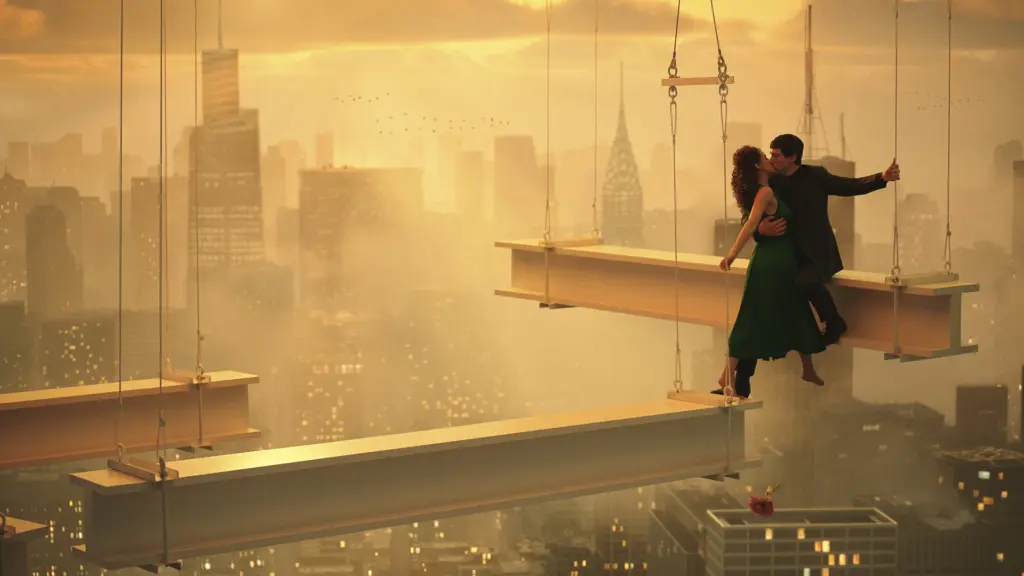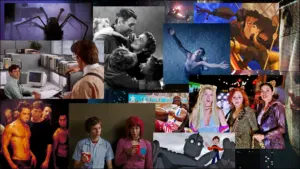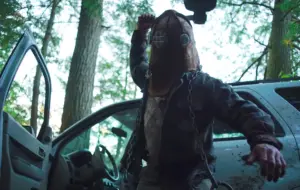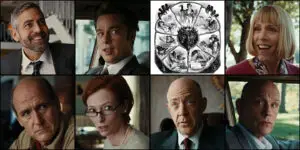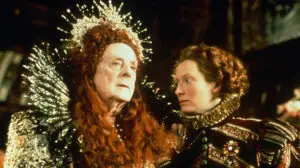It is impossible to talk about Megalopolis without talking about Francis Ford Coppola. One of the founding fathers of New Hollywood, his resume is famous; yet it bears repeating to frame the confounding, fitfully enjoyable mess he has newly presented.
Like many great American filmmakers of his time, Coppola was given his first opportunity by producer Roger Corman. After grappling with studios for financial and creative control on various projects throughout the 1960s, in 1969 Coppola founded his own Zoetrope Studio with a mind to subvert the system which had so frustrated him. After a Best Screenplay Oscar win in 1970 for Franklin J. Shaffner’s war epic Patton, over the next ten years Coppola would go on to craft four pillars of the American canon: The Godfather (1972), The Conversation (1974), The Godfather Part II (1974), and Apocalypse Now (1979). Aside from the first Godfather, which involved its own famed studio tumult, all were produced in some form by Coppola himself.
What separates Coppola from other American filmmakers of his stature is that while his highs may even exceed those of his contemporaries, he has never again matched that singular run of success. Though his career includes later highlights, such as 1983’s The Outsiders and 1992’s Bram Stoker’s Dracula, his track record thereon became increasingly spotty. And with the middling success of oddities like Jack (1996) and The Rainmaker (1997), his struggles with studios and financing would continue, leading to a largely self-produced run of films throughout the 2000s.
Coppola is nothing if not a man with a vision. And with an earned – but perhaps swollen – sense of artistic integrity, he has spent a lifetime struggling against the bureaucratic impediments that fettered him.
Coppola began conceptualizing Megalopolis in 1980 shortly after wrapping Apocalypse Now, and to cover the project’s decades of tribulations would require its own article. In the intervening years it has become something of a white whale of American cinema: rumored, whispered, but never to be. Then, in 2021, Coppola sold his Sonoma County wineries to make his dream a reality and began production.
The result feels like the product of 40 years of rumination – crafted by someone who does not understand that the audience hasn’t spent those years inside his brain thinking about that same material all the while.
Megalopolis takes place in a kind of retro-future Romanesque America, an empire in precipitous decline. Loosely, it follows Cesar Catilina (Adam Driver), a single-minded architect and city planner hell-bent on crafting a utopia in the middle of New Rome (a New York City analogue) out of a magical material for which discovery he has recently won the Nobel Prize. To do so he must contend with the upper echelons of society, themselves hell-bent on maintaining their parasitic status quo.
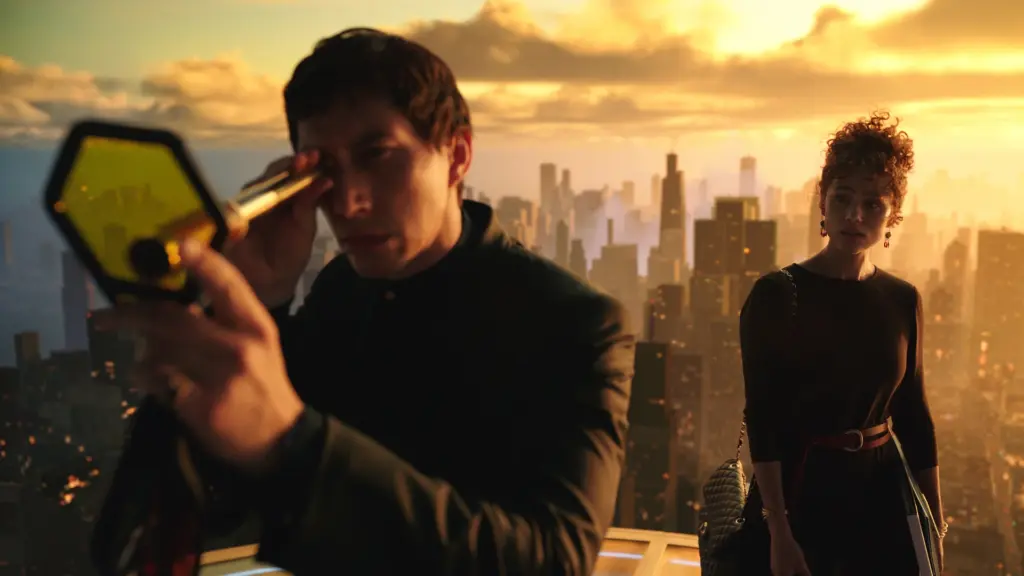
Also, for some reason, he can stop time.
The film is, in summation, a disaster. In lieu of a plot we are shepherded from one phantasmagoric montage to the next. The very sequence of scenes makes no organizational sense. Grand concepts are introduced in passing sentences, only to leave us with interminable dialogues between wooden characters fit for a deleted scenes reel. It feels as though, in various drafts over the many years, a half-dozen large plot elements had at one point or another taken the fore – but, ever more invested in naval-gazing, Coppola has stripped them away in favor of philosophical discussions that are somehow both obvious and obtuse. Those larger plot elements remain as a kind of mismatched skeleton, atop which the rest nervously trembles, threatening at any moment to collapse. The result is one of the most jumbled, incoherent efforts to make it to wide release in decades. The film feels far in excess of its 138-minute runtime.
And yet – I found Megalopolis exceedingly difficult to hate. It is uniquely naïve in its aim to tackle all the greatest struggles we face as a society: wealth disparity, racism, demagoguery, corruption, environmental catastrophe… Not only does Megalopolis take aim at all this, its only solution is a vague petition for open discourse, though that discourse seems to consist of nothing more than pithy quotes from history’s greats. The whole affair feels Ayn Rand-adjacent, even if its principles are not entirely in line with hers, and drips with the clumsy “we must go back” and “which way, Western man?” sentiments now championed by online right-wing traditionalists. It’s never even made clear what Catilina’s utopia is, other than a glowing highway of golden spheres and public parks of frozen amber.
Still, Megalopolis’s naïveté is, somehow, endearing. There is an earnestness at play that is lacking in so many films today: an attempt to make something great, the critics be damned. To be clear – it doesn’t work. But the attempt is such a spectacle that it somehow justifies itself.
While visually Megalopolis is an unending kaleidoscope of frivolous hallucinations, it does feature some striking images, enough to remind you that Coppola was somewhere behind that camera. It is frequently hilarious, in ways both unintentional and intentional. Some of the written jokes work well enough that, on occasion, I was left wondering if Coppola did understand what he was doing on some level.
That tension around self-awareness is reminiscent of Dracula, itself a sumptuous visual masterpiece featuring the flattest line deliveries Keanu Reeves had ever given. His equivalent here is Nathalie Emmanuel as Julia Cicero, who, God help her, may as well be a mannequin. Driver, as with his recent role in Noah Baumbach’s uneven opus White Noise (2022), delivers a remarkably grounded performance which at times makes the material almost cogent (though a particular line read should spawn memes for years to come).
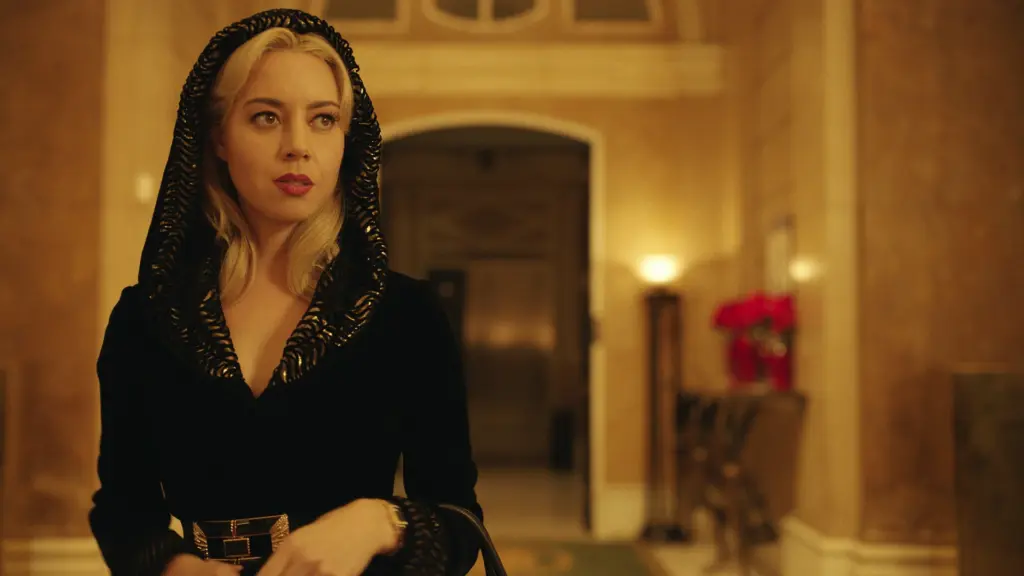
Driver is aided by an ample supporting cast – Coppola is Coppola after all. John Voight, Dustin Hoffman, Lawrence Fishburne, Kathryn Hunter and Jason Schwartzman all make appearances, just to name a few. And while not everyone brightens the proceedings, many do. Shia LaBeouf gives a standout performance as embittered failson Clodio Pulcher, and Aubrey Plaza is high camp as conniving reporter Wow Platinum. Giancarlo Esposito is commanding as Mayor Cicero, Catilina’s chief rival, and to the extent that any scene in the film is emotional it is due to him.
While Coppola is known for landmarks of American cinema, Megalopolis feels part of a wholly different canon: that of filmmakers let off the leash. Relative quality aside, comparisons which come to mind are Southland Tales (2006), A.I. (2001), Cloud Atlas (2012), or even, in many ways, The Room (2003). And like The Room, Megalopolis seems perfectly fit for cult status based on similarly unintended virtues.

